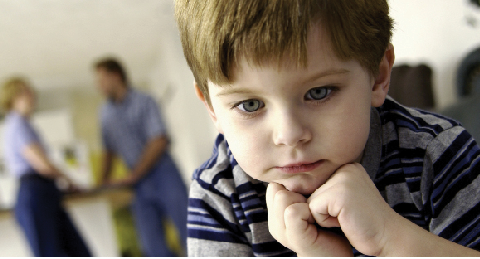
Children who are adopted and fostered are likely to have experienced substantial, sustained trauma in their early lives before ending up in, what we would hope is a safe place, in a foster home or an adoptive family. This trauma will have adversely affected their ability to make secure attachments and, consequently, their ability to manage relationships in the world. Thus, school will usually be a place of fear for them because they are unable to use the safety of adults appropriately and will not be able to make strong peer relationships.
I want to l explore the following:
- What is the trauma they may have suffered?
- How does this affect their attachment behaviours?
- What might these attachment behaviours look like in the classroom?
What can be done to help a child to feel safe and to begin to engage in learning?
Although I will be exploring these topics with reference to looked after and adopted children, there may be other children in your classrooms who, due to circumstances, have also experienced early years trauma and may, therefore, have fragile or insecure attachments and who may also struggle to engage in learning.
Trauma
When I talk about early years trauma I am not talking necessarily about discreet events, but also about chronic, persistent experiences that continue with no relief over a long period of time. In the table below I list the most recognised traumas which will adversely affect attachments:

Of the criteria used to assess whether or not a child should be removed from their family it is now known that the most harmful and the hardest to recover from is neglect. With physical, emotional and sexual abuses, however much pain is caused, at least the child is important enough to elicit a response from others. However, with neglect, the child is invisible. Neglect means that no one interacts with them. They are usually left to cry for hours at a time, spending hours starving, in dirty nappies, too hot or too cold and isolated from the interaction of others. They are not picked up, cuddled, spoken to or played with. When they are fed, they are prop fed. No one meets their needs.